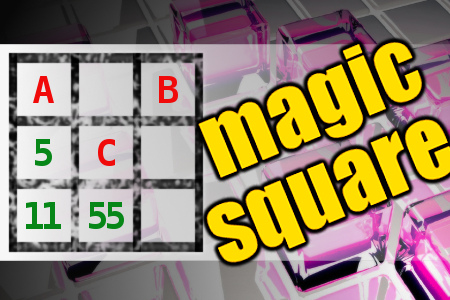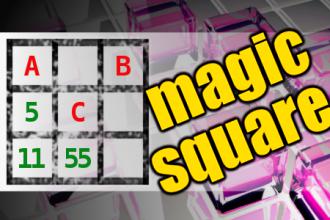MAGIC SQUARE: Calculate A-B+C
The aim is to place the some numbers from the list (1, 2, 3, 5, 11, 12, 14, 52, 53, 55) into the empty squares and squares marked with A, B an C. Sum of each row and column should be equal. All the numbers of the magic square must be different. Find values for A, B, and C. Solution is A-B+C.Correct answers: 24
The first user who solved this task is Thinh Ddh.
#brainteasers #math #magicsquare

Jessi Klein: You Look A Lot Like...
This co-worker of mine, who I dont know well at all, comes up to me and goes, Hey Jessi, I dont know if anyones ever told you this before, but you look a lot like Anne Frank. I didnt really know where to put that as a remark. But the worst thing is that my first thought was, Was Anne Frank hot?

